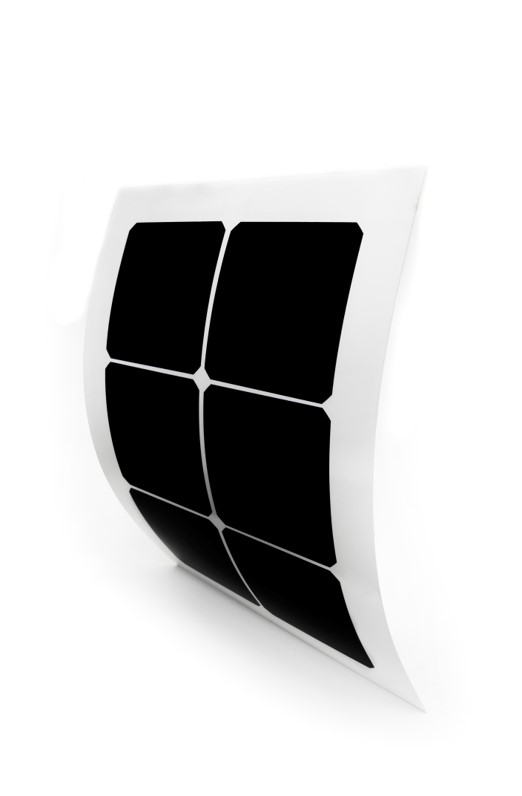From pv magazine Spain
Izpitek, a joint venture between Spanish engineering firm Branka Solutions and the Tecnalia technology center, said it is entering the market with products made using a patented technology that encapsulates PV cells directly into composite materials.
The technology enables the production of 2D, 3D, and flexible PV solutions using advanced composites that offer high strength and moldability in the final product.
“Unlike the sandwich format of the traditional panel, this solution facilitates architectural integration; as it is a monolithic panel, it prevents delamination,” Xabier Sabalza, director of Izpitek, told pv magazine.
Sabalza added that the material’s wide range of mechanical properties allows it to be implemented in a broad variety of solutions. “It's the only directly curved or double-curved rigid panel on the market,” stated Sabalza.
The solution allows for a weight reduction of 70% to 95%, with a ratio of 0.5 to 3 kg per m², as the panels are thin, ranging from 0.4 mm to several mm thick.
The company noted that it is using third-generation 24%-efficient Maxeon technology and bifacial PERC M10HC in this solution, with power outputs up to 450 W.
“We are currently conducting validation tests with TOPCon technology, as our solution is cell-independent, making it adaptable to mainstream market technology,” said Sabalza.
The solution's size is customizable up to a maximum of 2,500 mm x 1,300 mm, as is the cell density, to achieve customized aesthetic finishes.
The company claims this photovoltaic material is more resistant than polymer, capable of absorbing and dissipating energy from impacts or corrosion.
The new products are available in three versions: izpiSheet, izpiShell, and izpiCIFIC. The izpiSheet photovoltaic film “converts any surface of a third-party product into a photovoltaic surface simply by adding a thin outer layer of composite material,” said Sabalza.
The product is targeted at original equipment manufacturers (OEMs) of street furniture, vehicles, and stakeholders interested in integrated solutions for glass, facades, balconies, and roofs, among other elements. Izpitek said that the izpiShell line will offer versatile, lightweight standalone solutions, while izpiCIFIC would develop PV solutions for custom projects.

The company is targeting three markets that require unconventional integrated panels: buildings (BIPV), urban furniture, and sustainable mobility. According to Sabalza, the panels are adaptable to any shape and color, including translucent bifacial, full black, and colored options. He added that the PV film allows the product to be retrofitted into existing solutions.
This content is protected by copyright and may not be reused. If you want to cooperate with us and would like to reuse some of our content, please contact: editors@pv-magazine.com.



Can these products be formed into light-weight flexible panels that could be used as shade material over fruit trees or other crops as cover for agrivoltaics? Especially in arid regions there could be a big market for such products.
Thanks a lot Rory for your take, this is the answer of Mr Xabier Sabalza, Izpitek CEO:
Dear Mr McGuire,
Thank you for your comments and your interest. Sure, izpiSHEET product line is precisely what you are mentioning: flexible light thin standalone panels. Joint I send you a presentation of our products, so that you can check the variability of final designs. Do you have any real project in mind? If yes, we can talk and try to advance on it.
Additionally, our technology allows the possibility to practice holes on the panels (obviously in the intercell spaces), and we are analyzing the possibility (if it makes sense) of constructing perforated panels to improve the performance face to wind loads. Do you have any feedback concerning this issue?
Thank you and best regards